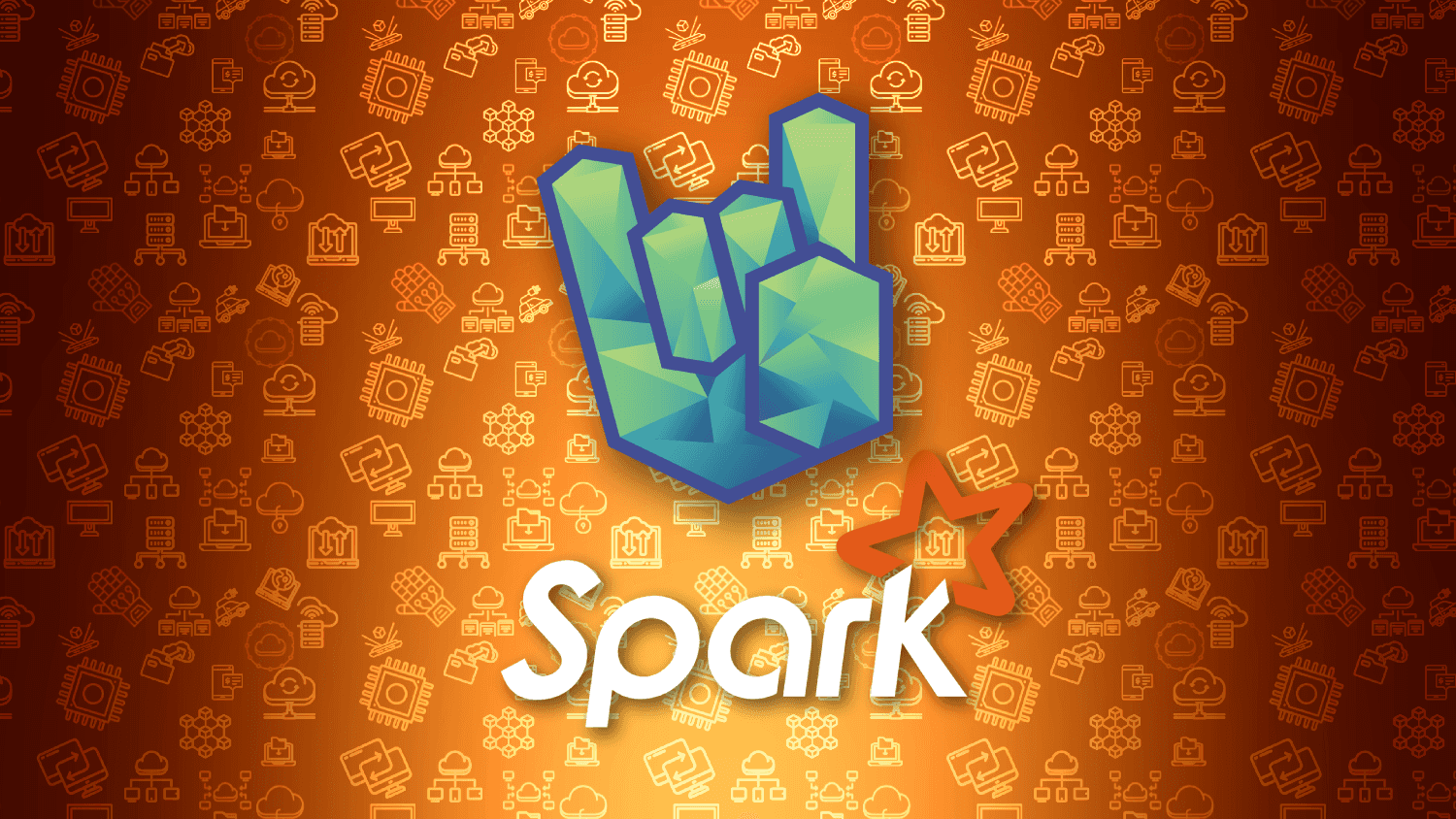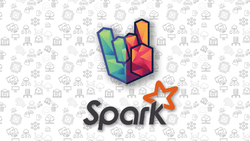Become a professional.
You probably know by now: Spark is the most popular computing engine for big data, the most maintained, and with a proven track record of performance. It’s 100 times faster than the old MapReduce paradigm, and can easily be extended with machine learning and streaming capabilities, and much more.
If you’re dealing with large amounts of data, learning Spark is a must.
The demand for Spark has skyrocketed, and companies are struggling to fill their Data Scientist positions. Scala and Spark are two of the best paying technologies in the field. Forget the reported 120k salaries on PayScale and StackOverflow. I regularly see engineers and data scientists working for 150k+ per year, or charging thousands a day for consulting.
However you take it, learning Spark will be a game changer for your career, if you choose. And this course will help you get those skills. Join this Spark Big Data online course and learn by writing code.
Work with real big data.
At the end of the course, we will dive into one of the biggest datasets publicly available and we’ll put everything that we’ve learned to the test. Unlike every other material on the web (free or paid), this Spark course is the only place where you can really practice big data.
Everyone else runs a Spark job on one million records in a 20MB dataset. Why would you need Spark for that?
We do 1.4 BILLION car trips in a 400GB dataset. You don’t fit that into most computers. That’s the definition of big data.
This will be your true exercise to practice Spark with Scala. At the end of the project, we gather data insights worth millions of dollars for the company you’re looking to help, and tens of thousands for you as a consultant and data scientist.
Take the proven path
As with the other Rock the JVM courses, this Spark and Big Data Essentials course will take you through a battle-tested path to Spark proficiency as a data scientist and engineer.
As always, I’ve:
- Deconstructed the complexity of Spark in bite-sized chunks that you can practice in isolation
- Selected the essential concepts and exercises with the appropriate complexity
- Sequenced the topics in increasing order of difficulty so that they “click” along the way
- Applied everything in live code


